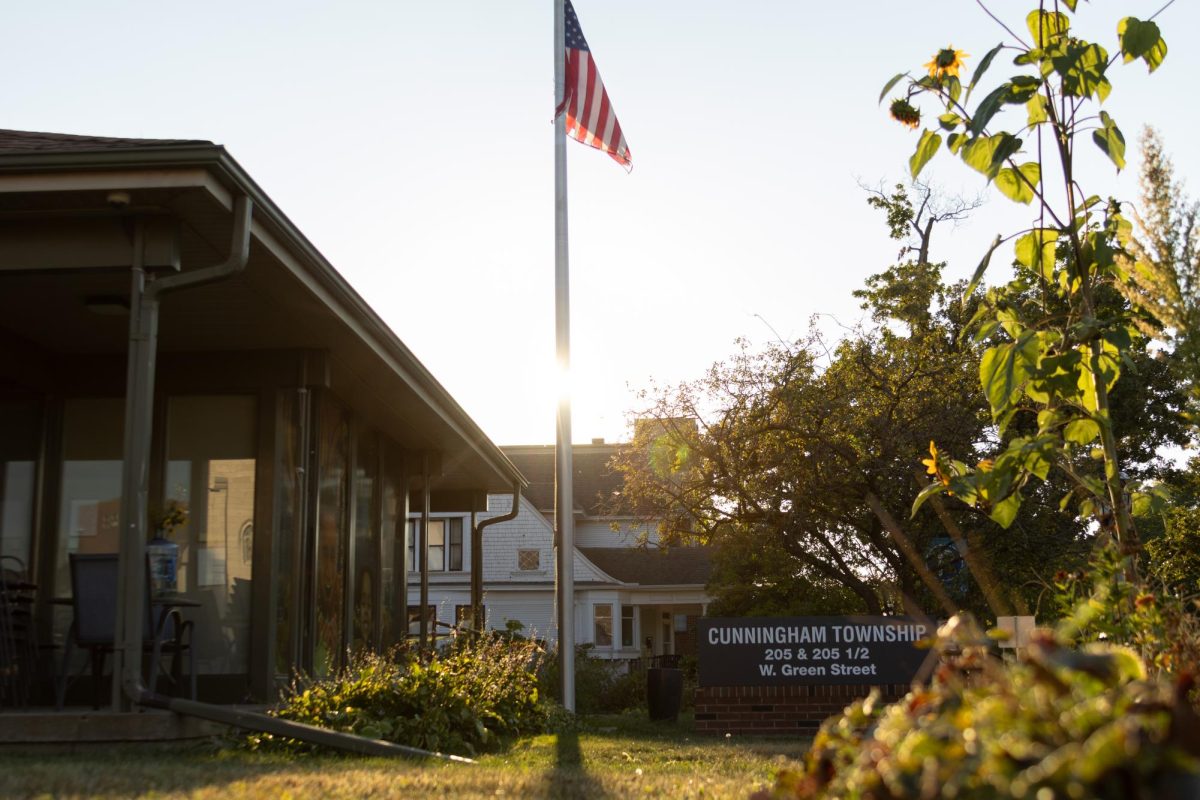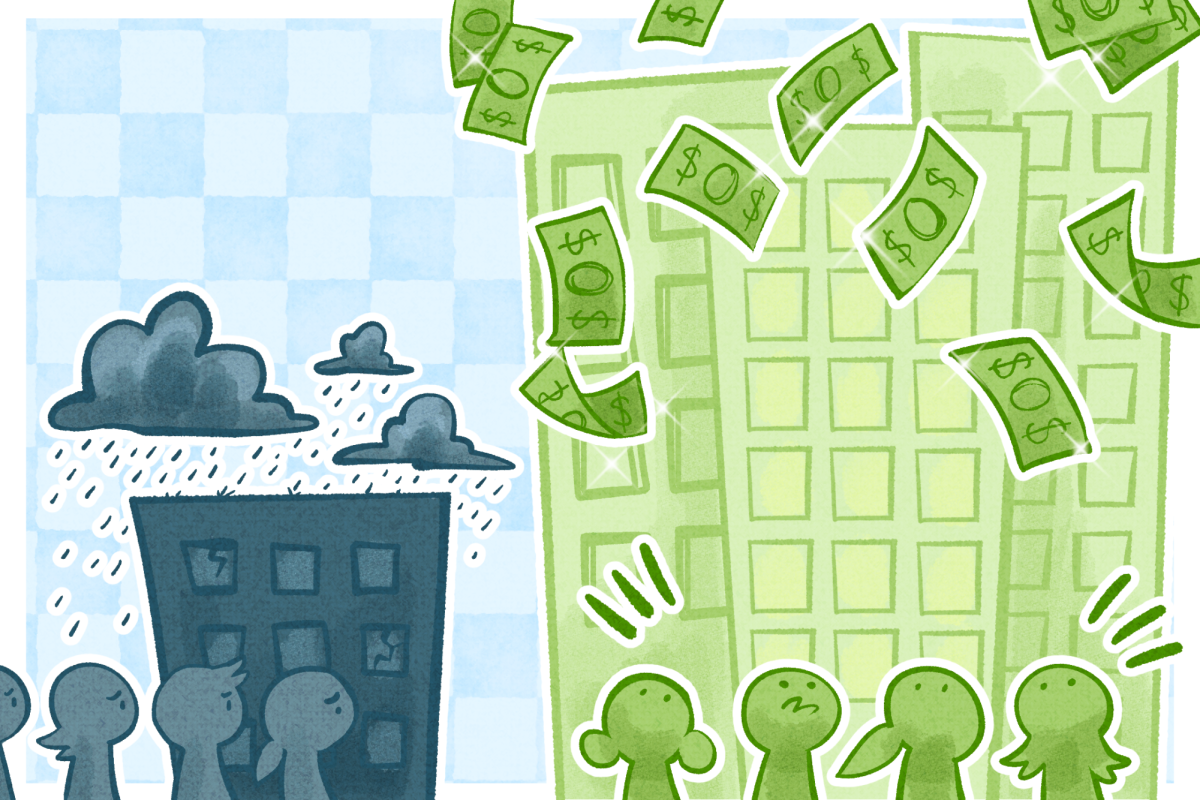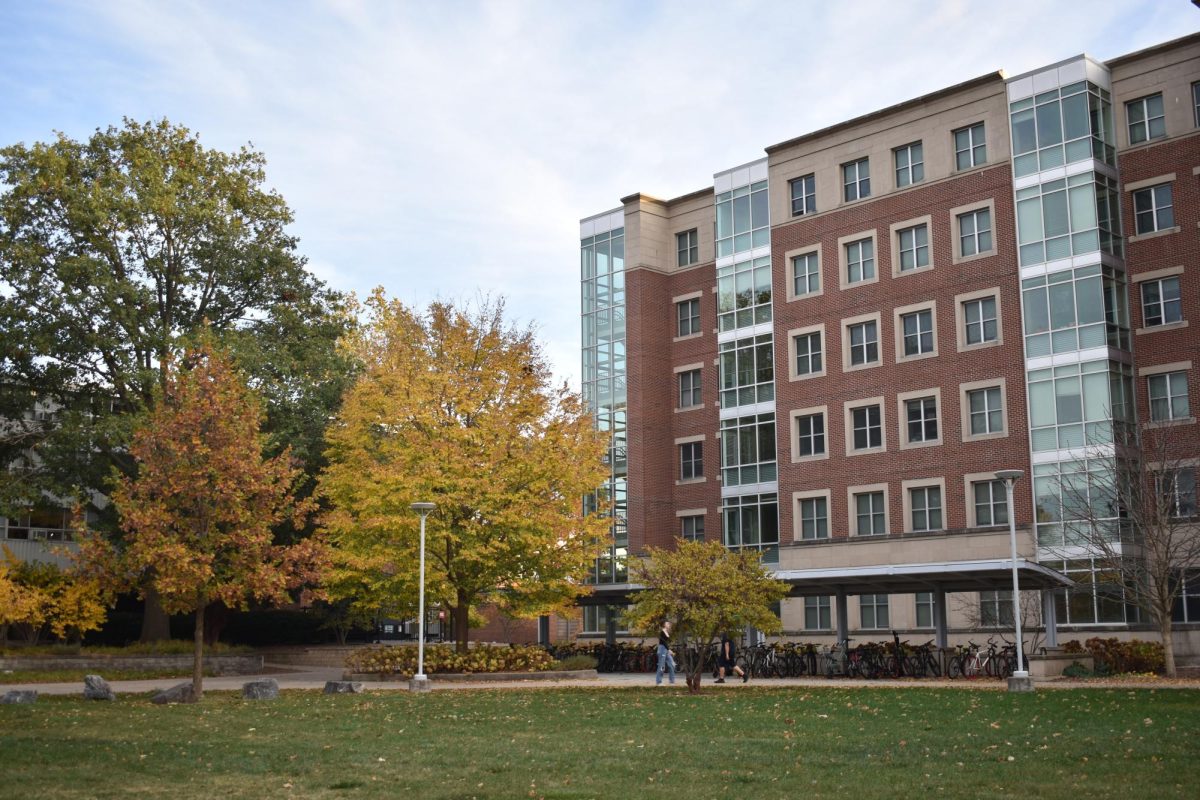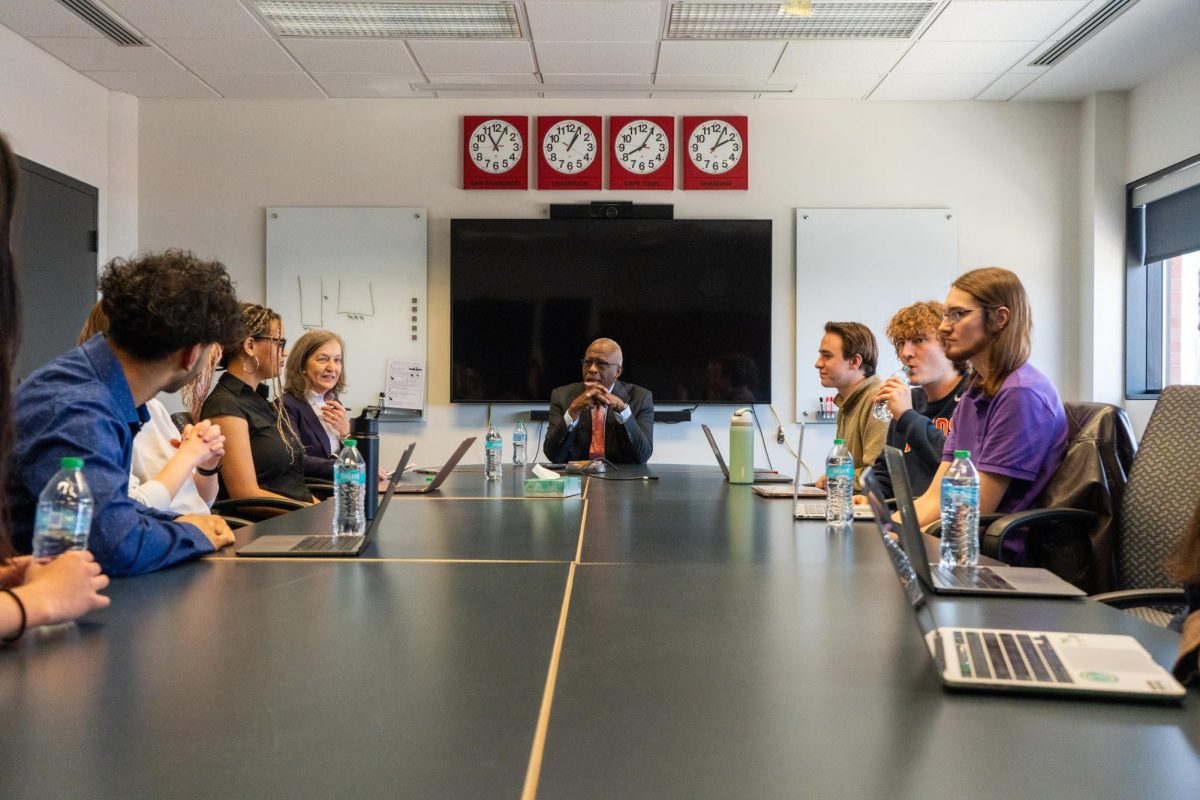Last updated on Feb. 23, 2024 at 05:52 p.m.
The year is 1974 — the Watergate scandal is hot off the presses, “The Godfather Part II” has arguably become the only good sequel in all of cinema history and a gallon of milk sets you back a mere 72 cents.
Fifty years later, Watergate is a historical earmark, KISS has just concluded its fifth farewell tour and the price of the same milk is now a staggering $4.33, according to the U.S. Department of Agriculture.
This seemingly simple comparison begs a larger question: Just how much have the costs of everyday essentials and life-changing investments changed over the past 50 years? Put simply, how much more expensive is it to be alive?
Factors like rising production costs, processing expenses and transportation fuel have contributed to increases in the general cost of everyday needs.
Get The Daily Illini in your inbox!
Most importantly, however, inflation is a key driver in the increased prices of both everyday needs and long-term investments alike. The dollar’s purchasing power has significantly decreased, meaning $1 in 1974 would be equivalent to roughly $6.18 today, according to the Federal Reserve Bank of Minneapolis.
However, the inflation doesn’t end there. The median household income in 2023 was $74,580, while according to the U.S. Census Bureau, the equivalent statistic in 1974 was about $12,836.
While this may seem like a sizable raise for the average Joe, when you apply the relative purchasing power of the 1974 dollar, that year’s income is roughly equivalent to a modern salary of $79,326 — not too shabby.
As mentioned before, a gallon of milk has seen a 601% increase in price, from 72 cents to $3.50.
Similarly, a dozen large eggs cost an average of 73 cents in 1974, according to a study from the Department of Economics and Statistics at Kansas State University. This increase is roughly proportional to the decrease in the dollar’s worth.
Today, that same carton runs you about $2.60 according to the USDA, representing a long and arduous 356% hike. This number is significant, though, because it isn’t proportional to the decrease in the value of the dollar. Therefore, eggs may be cheaper for the modern consumer than they were 50 years ago.
In 1974, the average price of a gallon of gasoline went to about 56 cents, according to the U.S. Office of Renewable Energy and Energy Efficiency. Today, it is projected to hover around $3.36, according to the U.S. Energy Information Administration, or a 600% increase.
Released in 1966, the Toyota Corolla was the world’s best-selling car in 1974 and has since sold over 50 million units globally. As a tried-and-true commuter vehicle, the Corolla seemed like an apt playing field for comparison.
According to The New York Times, the basic-trim Toyota Corolla cost $2,199 in 1974, or around $13,589 in today’s money. The 2024 basic-trim LE Toyota Corolla has a starting MSRP of $22,050 — and you’re extremely unlikely to take one home at that price point. The financial impact of purchasing an entry-level Toyota Corolla has effectively doubled in the past fifty years.
According to the U.S. Department of Housing and Urban Development, the median price for a single-family home in the midwestern U.S. in 1974 was $36,100 — or roughly $223,082 in today’s money.
The median price of a single-family home sold in 2023 was around $449,800, effectively doubling the financial impact of purchasing a home. Low interest rates, increased demand and limited supply have all fueled this rapid growth, making homeownership a lifelong dream increasingly out of reach for much of Generation Z.
Faizi Tofighi, sophomore in LAS, said he tries not to worry about the future in regard to homeownership.
“I don’t really think about these things because eventually, something has got to give,” Tofighi said. “At some point, the people in power realize they can be extracting even more wealth from people. I think slowly people are realizing that this isn’t gonna work anymore.”
For the 2023-24 school year, in-state students at the University paid an estimated minimum of $35,926, including base rate tuition, fees, academic expenses and room and board, according to the University’s cost of attendance calculator.
Records kept by the University’s Institute of Government and Public Affairs show that the same estimate came out to $1,915 in 1974, or roughly $11,834 in today’s money. Even adjusted for inflation, an education at the University is almost three times more expensive today than it was 50 years ago.
Tofighi explained that, in his experience, many of the prices set by the University are arbitrary — particularly when it comes to the school-sanctioned housing.
“Living in a dorm is twice the cost of the average apartment around here,” Tofighi said. “Which is kind of ridiculous because the University has arbitrarily kind of set this, this value on having a dorm that does not reflect the actual value of living in one.”
It is also worthwhile to note that individual academic colleges and majors also tack dollars onto their tuition costs to fund aspects of their programs or amenities specific to them.
For instance, a University student pursuing a degree in the Grainger College of Engineering may expect to spend just under $40,000 on one year of schooling, according to the cost of attendance calculator.
According to a Forbes article by Preston Cooper, a former Manhattan Institute economist, a variety of things have contributed to the skyrocketing cost of college education in the U.S. over the last several decades.
“The proximate causes of tuition inflation are familiar: administrative bloat, overbuilding of campus amenities, a model dependent on high-wage labor and the easy availability of subsidized student loans,” Cooper said.
Cooper explained that these factors contribute to the reality that the U.S. is one of the most expensive places to pursue a college degree.
Ultimately, there are numerous factors that one can identify in attempting to explain the high cost of survival in our time. However, the likely culprits seem to be the larger, long-term investments that are traditionally perceived as signifiers of success.
Tofighi said that, although the heightened cost of living is largely at the hands of large corporations, the issue lies at both a microeconomic and macroeconomic level.
“From the beginning, it’s got to be a change in heart from ‘How can we extract as much wealth from people as possible?’ to ‘How can we actually make a society that’s coherent?’” Tofighi said. “This has to happen in the hearts of individuals and then go up that chain to the intentions of large corporations.”
According to Tofighi, this could take a while.
“It’s gonna require kind of a massive change until something really happens.”









